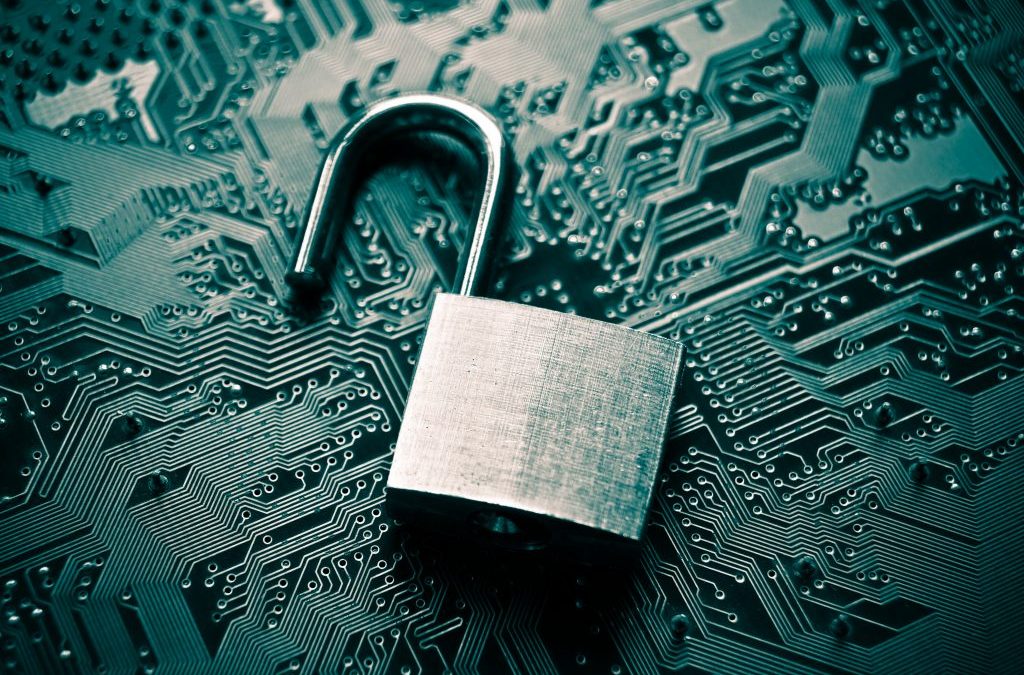The number of cyber threats recorded by the Kaspersky Security Network in the first half of 2021 that targeted SA users reached 31.5 million. Kenya was in a similar position with 32.8 million cyber threats recorded, while Nigeria trailed behind with 1.67 million.
All three countries showed dramatic annual growth in the number of threats when compared to the same period last year. Kaspersky recorded a 24.6% increase in Nigeria, followed by SA with a 16.6% and Kenya with 15.9%.
Amin Hasbini, head of Research Centre, Global Research & Analysis Team, Middle East, Turkey and Africa at Kaspersky, says threats can be categorised as criminal (80% of attacks), targeted (19.9%), and advanced (0.01%).
Honing their tools
According to Hasbini, current trends reveal that bad actors across the globe are honing their techniques and finding more sophisticated ways to compromise systems and data.
For example, they are eyeing non-Microsoft environments, infecting firmware, and even conducting ‘big game hunting’ exercises that focus on high-profile targets with lots of cash.
The most active threat actors on the continent identified by Kaspersky include Lazarus, DeathStalker, CactusPete, and IAmTheKing.
The company says ransomware has become a significant threat to local users and organisations, adding that this scourge isn’t going anywhere in the future.
“Our research shows that the most threatened industries across these three countries are government and telecommunications, with diplomatic, education, and healthcare also being cause for concern,” says Hasbini.
However, Kaspersky has also seen large service-oriented organisations being targeted, because of the services they provide to high-profile companies.
A grave concern for financial services
Susan Potgieter, banking CSIRT (cyber incident response) and member of SABRIC (the South African Banking Risk Information Centre), says the potential of such third-party risks or supply chain attacks remains a grave concern for financial institutions.
She says banks spend millions on cyber security tools and solutions to protect their infrastructure and products, and keep their channels safe for consumers.
“With ransomware on the increase, banks are collaborating more by sharing information of threats, keeping each other informed, and enabling the industry to take more proactive action,” says Potgieter.
The growth of 5G
In addition, Kaspersky warns of 5G vulnerabilities, targeted ransomware gangs using generic malware, and more disruptive attacks.
Hasbini says the growth of 5G across the continent means malefactors have an additional platform to exploit.
Moreover, advanced threat actors will buy network access from other cyber criminals, which will result in increased collaboration between cyber criminals and cyber gangs, as they look at more effective ways of achieving their objectives.
Different gangs will also start specialising in tools and other methods to better advance penetration, Hasbini says.
“As people and companies rely more on technology, the number of threats will continue to increase. People must accept the risks of living a connected lifestyle and embrace the technology and tools available to safeguard themselves,” he ends.
Article by www.itweb.co.za photo via unsplash.com

